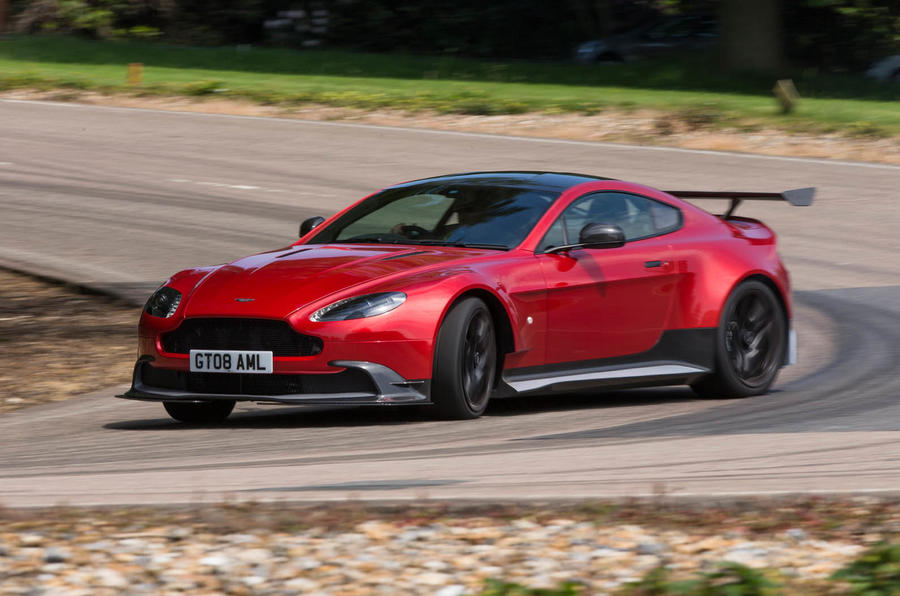What is it?
The Aston Martin Vantage GT8 is another bite of the cherry for some, and another hefty jab thrown in the direction of Porsche by a car maker with designs on the track day niche monopolised by the 911 GT3.
It’s a car specifically intended for anyone who admired the British sports car maker’s ambition in creating its first road-legal track special last year – the incredible Aston Martin Vantage GT12 – but who baulked at that car’s quarter of a million-pound price. Or those who, for one reason or another, dithered and dallied for just long enough to miss out on Gaydon’s 100-unit limited production run.
Low-volume special editions are going to be an increasingly important part of Aston’s business model, and if it’s to be a successful part the company needs to be smart enough to satisfy appetites like the one the GT12 left in its wake. And so here it goes: this is track-ready Vantage, take two.
While the GT12 took Aston’s 12-cylinder Vantage GT3 customer racing car as its inspiration, the GT8 flows forth from the slipstream of the Vantage GTE. That means the GT8’s styling is quite different from the GT12’s, although no less determinedly aerodynamic. Large carbonfibre body addenda add downforce at the front (splitter) and rear (wing spoiler and diffuser) without adding mass. The GT8’s extended sills, bumpers, extra-wide wings and roof are also carbonfibre.
Taking account of the pared-back cabin, jettisoned noise insulation materials, lightweight magnesium wheels, lightweight brakes, polycarbonate rear glazing and lithium ion 12V battery, the car can be made to weigh as much as 100kg less than a normal Vantage V8 - depending on options.
The GT8’s axle tracks are considerably wider than those of a normal Vantage V8, while its suspension springs, dampers and anti-roll bars have been respecified and retuned for circuit suitability and its wheels are wrapped in Michelin Pilot Sport Cup 2 tyres.
Powering the car is Aston’s familiar 4.7-litre V8, sharpened here for an additional 10bhp over the specification of the Vantage V8 S and N430, so 440bhp in all. That power is delivered to the rear wheels via a rear-mounted transaxle gearbox, available in either six-speed manual or seven-speed paddleshift automated manual forms.





































































Join the debate
Add your comment
Request to Autocar
Disqus is sorely needed.
And what a car... would love to hear that engine.
beardybuck wrote: The
Agreed. There used to be a tracking function, to see where there had been further posts on a page where one had commented oneself, but that disappeared ages ago and would make a big difference were it reinstated towards keeping a discussion going. Something like Disqus would be even better as it offers email alerts and thereby potentially quicker responses. With regard to the Aston, it looks much more purposeful than normal Astons, and the aerodynamic bits conceal the tracing paper design of the company's range.